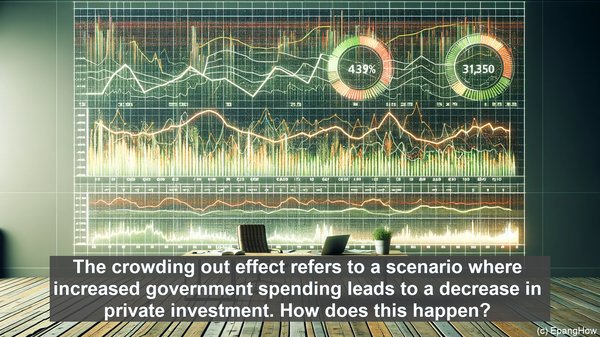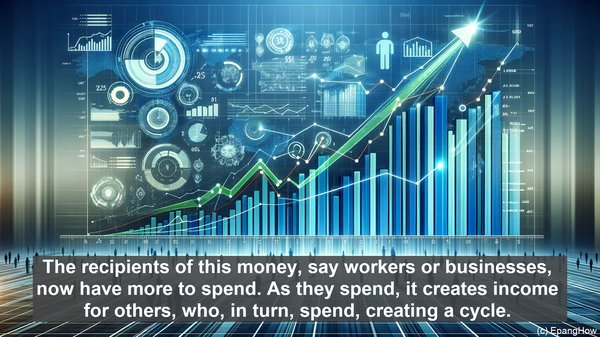Introduction: Unraveling Economic Phenomena
Hello, everyone! Welcome to our article on the crowding out effect and multiplier effect. These two concepts lie at the heart of economic theory, and understanding them is crucial for comprehending the dynamics of fiscal and monetary policies. So, let’s dive in!

The Crowding Out Effect: When Public Spending Impacts Private Investment
The crowding out effect refers to a scenario where increased government spending leads to a decrease in private investment. How does this happen? Well, when the government spends more, it often needs to borrow money. This increases the demand for loans, driving up interest rates. As interest rates rise, businesses and individuals find it more expensive to borrow, reducing their investment and spending. In this way, the initial increase in government spending is ‘crowded out’ by the decrease in private investment.
The Multiplier Effect: Amplifying Economic Impact
In contrast to the crowding out effect, the multiplier effect is all about amplification. It works like this: when there is an initial injection of money into the economy, be it through government spending or investment, it sets off a chain reaction. The recipients of this money, say workers or businesses, now have more to spend. As they spend, it creates income for others, who, in turn, spend, creating a cycle. This cycle continues, with each round of spending generating more income and demand. The result? The initial injection of money has a multiplied impact on the economy, hence the name ‘multiplier effect.’

Comparing the Two: Trade-offs and Implications
While the crowding out effect and multiplier effect may seem like opposites, they are not mutually exclusive. In fact, they often coexist, and their interplay can shape economic outcomes. For instance, in times of economic downturn, when private investment is low, increased government spending can stimulate the economy through the multiplier effect. However, if the government spends excessively, it can lead to higher interest rates, crowding out private investment. Striking the right balance between the two becomes crucial for policymakers.
